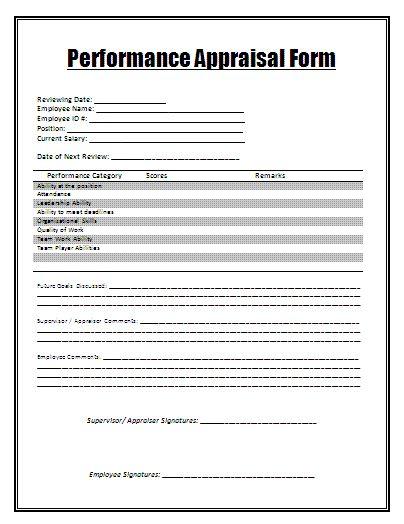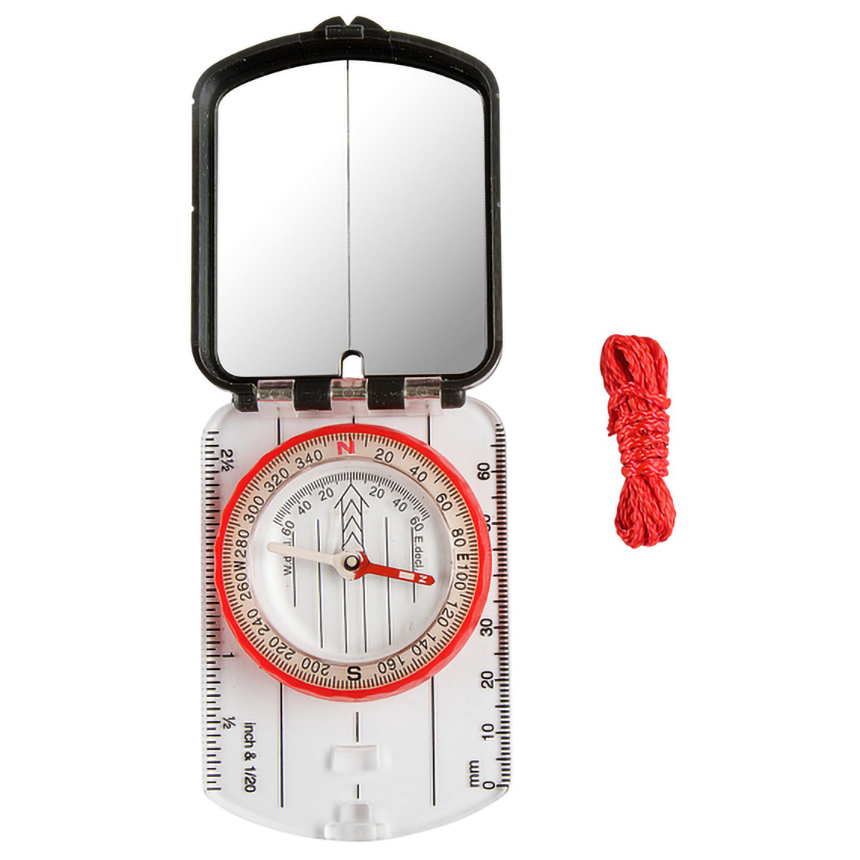Running is more than just a way to stay fit; it’s a journey that takes you through the rhythm of pounding pavement, the freedom of the open trail, and the thrill of crossing the finish line. Yet, before you lace up your sneakers and hit the ground running, there’s a critical decision that can influence every step you take: choosing the right running shoes. With a myriad of options available—from cushioned trainers to minimalist styles—finding your perfect fit can feel overwhelming. But fear not; this guide is designed to simplify the process, helping you navigate the labyrinth of features, fits, and functionalities. Whether you’re a seasoned marathoner or a casual weekend jogger, we’ll explore the essential factors to consider so you can make an informed choice that elevates your running experience and keeps you comfortable stride after stride. Get ready to discover your ideal companion on the road to fitness.
Understanding Your Foot Type for Optimal Comfort
To ensure your running experience is both enjoyable and pain-free, it’s essential to understand the unique characteristics of your feet. There are three main foot types that influence how your shoes should fit:
- Neutral Feet: With an even distribution of weight across the foot, neutral feet provide great stability and usually require shoes with moderate cushioning and support.
- Flat Feet: Characterized by little to no arch, individuals with flat feet often benefit from shoes that offer enhanced arch support and motion control to prevent overpronation.
- High Arches: Those with high arches tend to have less shock absorption, thus requiring shoes with ample cushioning and flexibility to accommodate their unique gait.
To determine your foot type, consider examining the wear patterns on your current shoes, or use the popular wet foot test. Simply wet your foot and step onto a piece of cardboard to see your foot’s silhouette. This will help determine if you fall into one of the aforementioned categories. Understanding your foot type can significantly enhance your comfort and performance while running, leading to better overall results.
Essential Features to Consider When Selecting Running Shoes
When it comes to selecting running shoes, various essential features can significantly enhance your comfort and performance. Cushioning is one of the most important aspects to consider; it helps absorb impact and provides a smoother run. Stability features offer support for your foot’s natural movement, making them crucial for overpronators. Additionally, breathability ensures your feet stay cool, reducing moisture buildup during long runs. Another key factor is fit; a well-fitting shoe allows for a snug feel without being too tight, accommodating your foot’s shape. Lastly, think about weight; lighter shoes can facilitate speed, while more robust options can enhance overall support.
| Feature | Description |
|---|---|
| Cushioning | Absorbs shock and enhances comfort. |
| Stability | Provides support for foot alignment. |
| Breathability | Allows air circulation to keep feet dry. |
| Fit | Ensures comfort without constriction. |
| Weight | Affects speed and energy efficiency. |
Future Outlook
In the journey of finding the perfect running shoes, each step is as significant as the last. From understanding your unique foot shape to considering your running style and terrain preferences, this guide has armed you with the knowledge needed to make an informed choice. Remember, the right pair of shoes not only enhances your performance but also safeguards your health, allowing you to fully embrace the joys of running. As you venture into stores or browse online options, keep in mind the importance of comfort, support, and fit—your ultimate allies in conquering each mile. Happy running, and may every stride you take bring you closer to your goals!











Leave a Reply